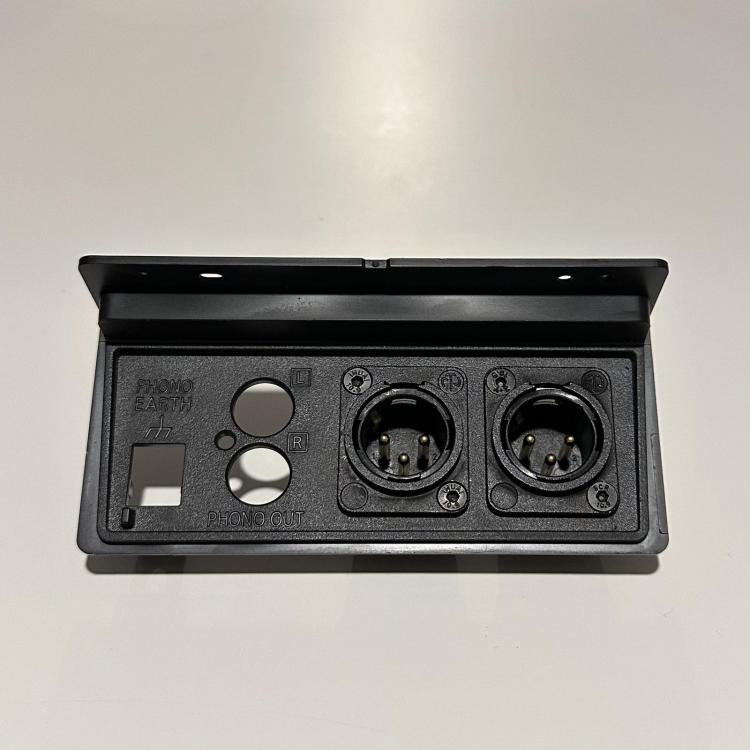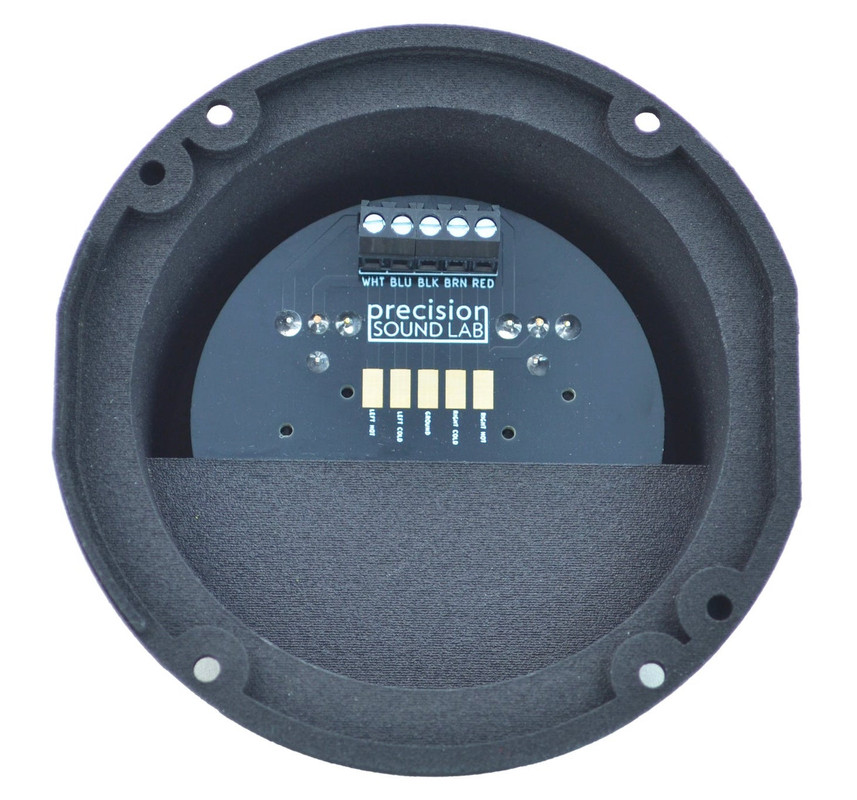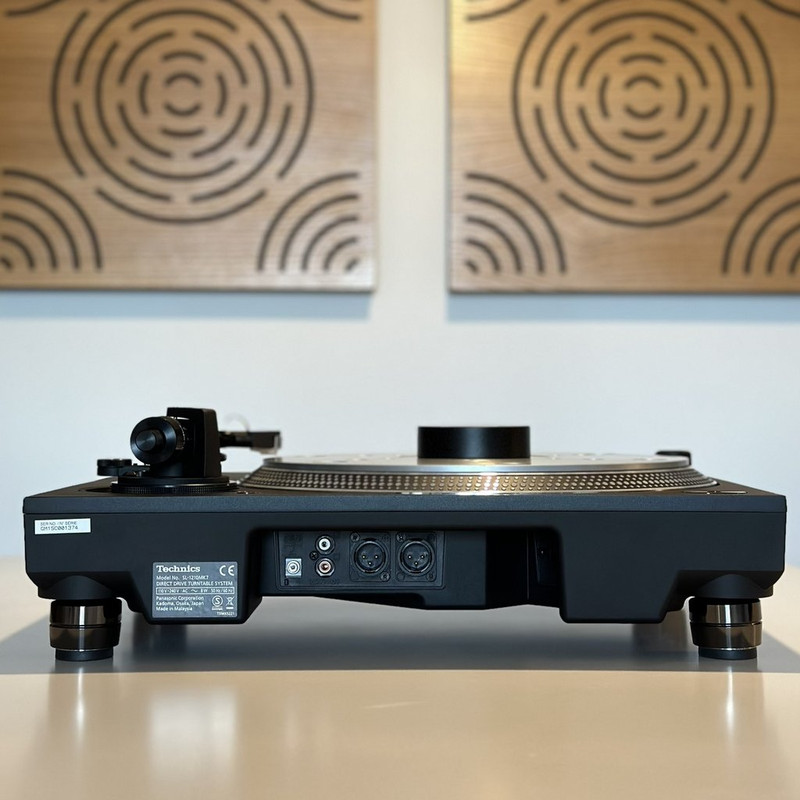InSides
dŵr
This will be a longish intro, but bear with me please.
Introduction
A few months ago acquired a few components to finish up my headphone system, including both a SL-1210MK7 and a Elac PPA-2, as discussed here.
The PPA-2 has, among other options, a balanced input option, in addition to the balanced output option. The headphone amp is fully balanced, as are all my headphones. With cartridges being inherently balanced, I thought it might be a good idea to do a fully balanced chain, transducer-to-transducer.
Now, there are multiple kits to convert an SL12xx deck to balanced output, most common the one from PrecisionSoundLab and the jack plate from KAB. But those kits work all the way to MK6 or the G/GR decks due to the shape of the base plate and included cutouts.
No luck for the MK7.
So I went a different route noticing that the plastic jack plate on the back of the SL-12xxMK7 has quite some blank space. This space is there in order to accomodate the additional output RCA's for the built in phono with some models (think SL-1500C), but on the MK7 it is blank. They I tried multiple online vendors of spare parts and was finally able to secure a blank jack plate with Green-Vinyl, as decsribed here.
It took a while, but I have the jack plate, and had it drilled to accept two Neutrik XLR connectors, making it look to me as if they always belonged there:

Connections
There are several online outlets that showcase proper wiring for a balanced tonearm / cartridge connection, most common being shared is the diagram provided by AQVOX for their balanced input phonostage, as available here.
Reached out to Elac, and they confirmed that the connections showcased on the diagram at the bottom of the page are correct.
There are neatly available solder pads on the phono output PCB within the Technics, so the following is my thinking:
So what are the problems, you may ask?
Questions

Introduction
A few months ago acquired a few components to finish up my headphone system, including both a SL-1210MK7 and a Elac PPA-2, as discussed here.
The PPA-2 has, among other options, a balanced input option, in addition to the balanced output option. The headphone amp is fully balanced, as are all my headphones. With cartridges being inherently balanced, I thought it might be a good idea to do a fully balanced chain, transducer-to-transducer.
Now, there are multiple kits to convert an SL12xx deck to balanced output, most common the one from PrecisionSoundLab and the jack plate from KAB. But those kits work all the way to MK6 or the G/GR decks due to the shape of the base plate and included cutouts.
No luck for the MK7.
So I went a different route noticing that the plastic jack plate on the back of the SL-12xxMK7 has quite some blank space. This space is there in order to accomodate the additional output RCA's for the built in phono with some models (think SL-1500C), but on the MK7 it is blank. They I tried multiple online vendors of spare parts and was finally able to secure a blank jack plate with Green-Vinyl, as decsribed here.
It took a while, but I have the jack plate, and had it drilled to accept two Neutrik XLR connectors, making it look to me as if they always belonged there:

Connections
There are several online outlets that showcase proper wiring for a balanced tonearm / cartridge connection, most common being shared is the diagram provided by AQVOX for their balanced input phonostage, as available here.
Reached out to Elac, and they confirmed that the connections showcased on the diagram at the bottom of the page are correct.
There are neatly available solder pads on the phono output PCB within the Technics, so the following is my thinking:
- L+ (white) goes to pin 2 of the left XLR;
- L- (blue) goes to pin 3 of the left XLR;
- R+ (red) goes to pin 2 of the right XLR;
- R- (brown) goes to pin 3 of the right XLR.
So what are the problems, you may ask?
Questions
- Can you do a sanity check on my thinking above?
- More importantly, what about the ground wire?
I will be using standard balanced interconnects, and no way to modify the cable itself (nor would I want to). I've seen balanced output cables that have a separate ground wire, as well as ones that do not.
For example, the PrecisionSoundLab kit does not have any provision for a separate ground wire.
Should I just connect the ground wire (black pad) to (1) pin 1 of either XLR, (2) pin 1 on both XLRs, (3) neither?
Ideally, I would want to do away with a separate ground wire.



